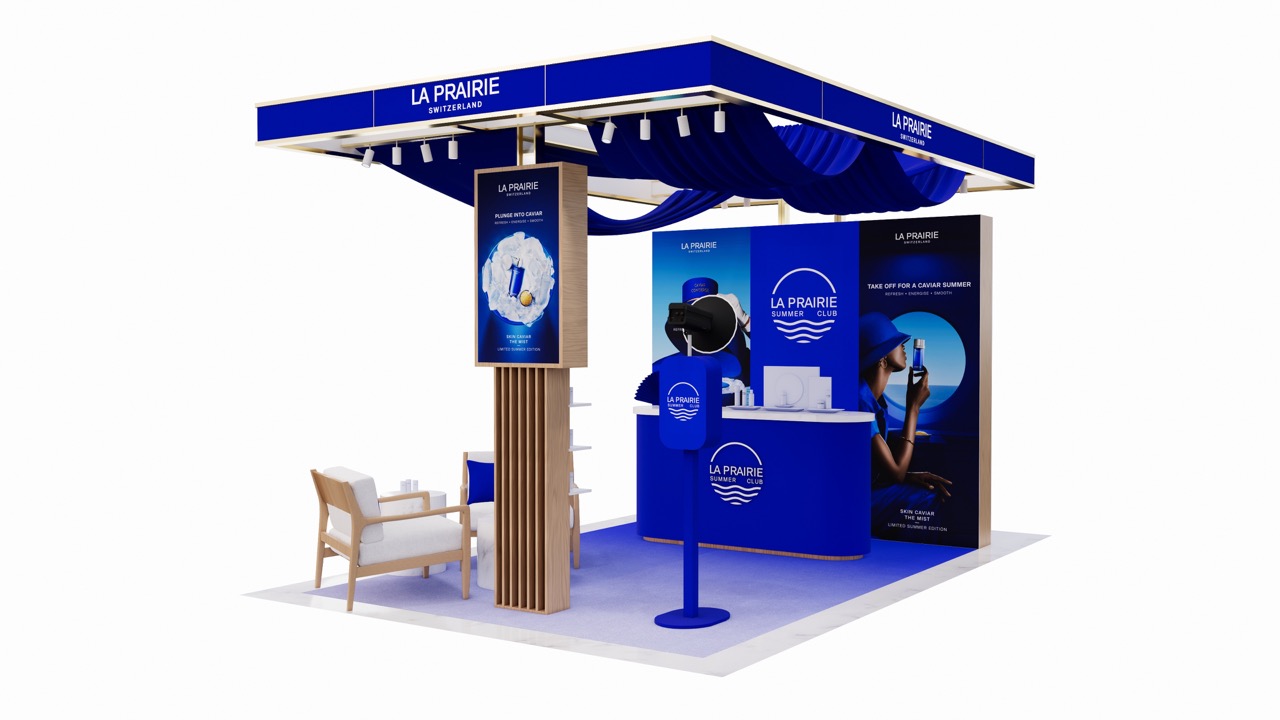CHINA. In a huge boost for the Chinese and global travel retail sectors, the National Health Commission of the People’s Republic of China (NHC) announced yesterday that outbound travel would return “in an orderly manner” in 2023.
Simultaneously the NHC unveiled a sweeping relaxation of inbound COVID-related travel restrictions, effective 8 January.

The NHC said that COVID-19 management will be downgraded from Class A to Class B from 8 January. Noting that only a few cases of the dominant Omicron variant showed symptoms of pneumonia, the NHC has changed the name of the illness from ‘novel coronavirus pneumonia’ to ‘novel coronavirus infection’.

Inbound travellers will not require a COVID test after arrival from 8 January nor face centralised quarantine. They will, however, need to show a negative nucleic acid test (NAT) result posted within 48 hours before arriving in China. Additionally there will be no sealed control of COVID-19 cases and designation of high-risk areas, state media Global Times reported.
While the inbound changes will be welcomed by Chinese travel retailers, especially China Duty Free Group (CDFG), the greater significance from a wider industry perspective comes with the imminent (though unspecified) easing of outbound travel constraints.
Global Times reported, “The country will also gradually resume entry and exit of passenger transport through water and land ports as well as outbound tourism in an orderly manner in light of the international pandemic situation and support capacity of all sectors.”

Goldman Sachs Global Investment Research said in a note: “Overall, we see the relaxation of travel restrictions has been largely consistent with our expected timeline of a 3-phase recovery, namely (1) short-haul/intra-provincial domestic travel (4Q22); (2) long-haul/cross-provincial domestic travel (4Q22-1Q23E); (3) international reopening (1H23E).
“We note the impact of inbound travel relaxation could be minimal to domestic tourism, as there were only 145 million inbound tourists coming to Mainland China back in 2019, compared with 6 billion domestic resident tourists. On the other hand, outbound travel would be more important to sectors and/or companies with more overseas exposure.” {Home page thumbnail image from Moodie Davitt Shutterstock official account. Photographer: Yaorusheng, Shanghai,China}

The Moodie View: While many western media titles predictably focus on China’s heavy COVID surge in the wake of the recent policy relaxations – even in the case of the Associated Press declaring ‘China’s COVID-19 surge raises odds of new coronavirus mutant’ – the reality in China is much more positive than painted abroad, writes Martin Moodie.
While the case numbers are indeed huge – inevitable given the sudden lifting of restrictions, the huge population and the highly infectious nature of the Omicron variant – it should be noted that China has seen just 31,585 deaths from COVID-19 as of 23 December (4:54pm CET, World Health Organization figures) compared with 1,080,010 cumulative deaths in the US; 198,937 in the UK; and 157,364 in France.
China has eased controls at a time when the less dangerous Omicron variant is the dominant strain and, crucially, following three years of learning about the disease and its treatment – often from mistakes made in the west.
In a hard-hitting editorial, state media Global Times slammed western coverage of China’s recent response, commenting, “Some Western media had been calling for China to reopen. But when China recently eased its COVID-19 measures, not surprisingly, they badmouth China’s move.”
Attacking an article by UK media The Telegraph saying that China’s ‘Covid catastrophe put the global economy at risk’ and other similar coverage, Global Times continued, “In the stage when original and Delta strains raged, Western society witnessed vast death tolls due to incompetent prevention and control measures, which triggered public discontent. Western media’s criticism of China’s recent policy change is out of domestic consideration.”
Whatever your view, it has long been clear that China would dance to its own tune and not that of western leaders and commentators in relaxing COVID controls. In fact, the government has moved surprisingly early, with most travel sector pundits having predicted a much later easing of constraints.
As always with statements from Chinese officialdom and state media, note the detail and the precision of the terminology. “Orderly” as per the NHC wording, “gradually” to quote Global Times.
However those words translate in practical terms, it is clear that Chinese travellers are set to return in ever increasing numbers to the global travel scene sooner rather than later. And for that, the travel retail community can breathe a huge collective sigh of relief. ✈














